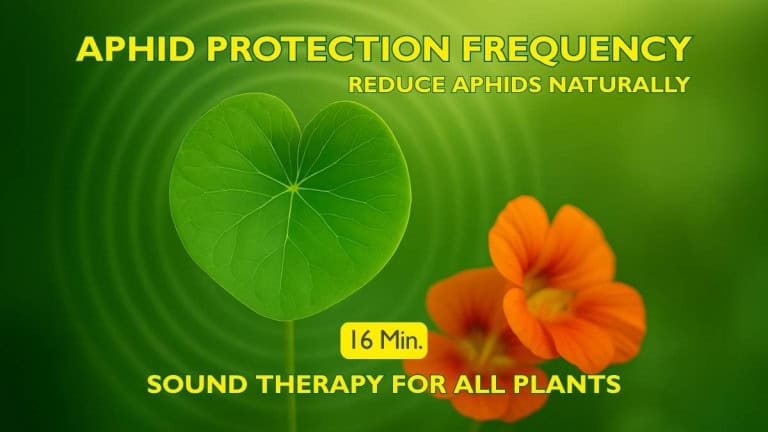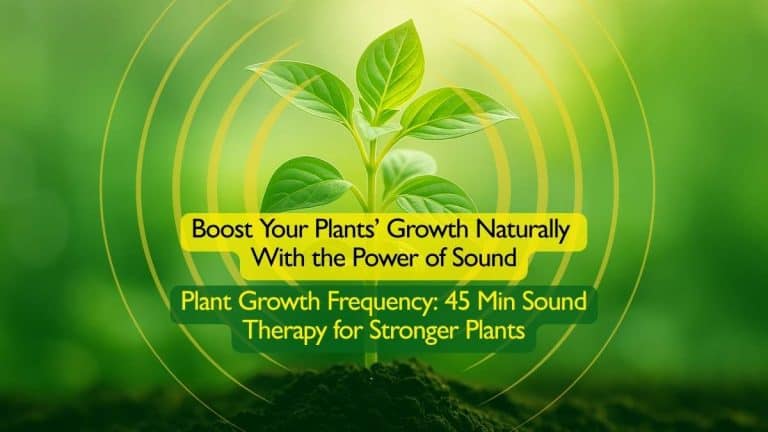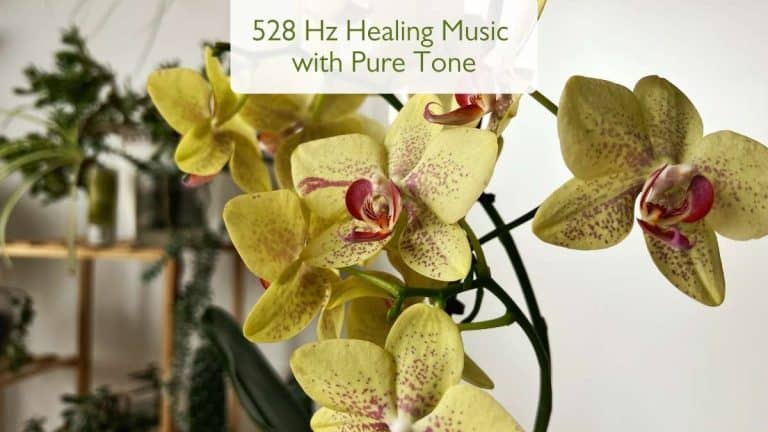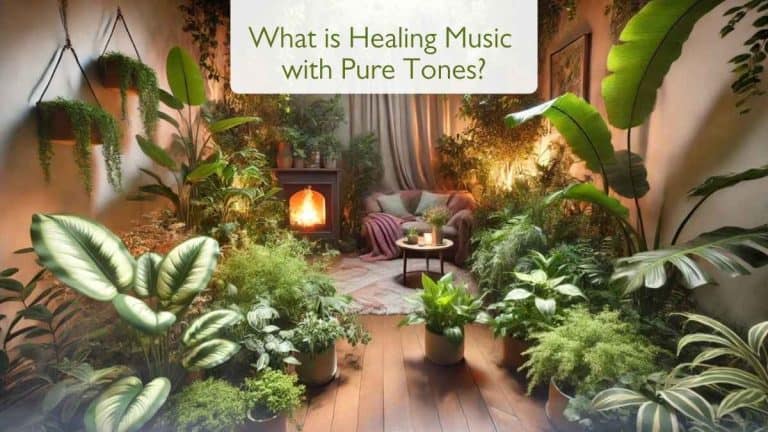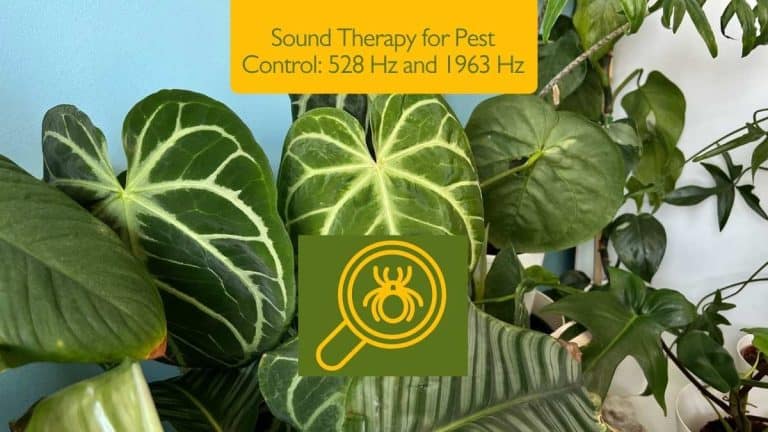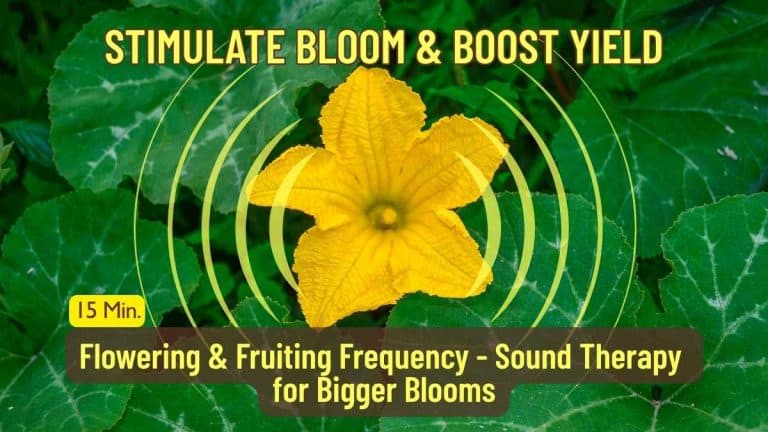Aphid Protection Sound Therapy: Frequency for Plant Recovery & Pest Reduction
Why Aphid Protection Sound Therapy Matters
Aphids are among the most frustrating garden and houseplant pests. These tiny sap feeders cluster on tender shoots and leaf undersides, draining energy from plants while spreading sticky honeydew that invites mold. Left unchecked, infestations can stunt growth, curl leaves, and ruin your harvest.
Most growers reach for chemical sprays, neem oil, or insecticidal soaps. While they can work, these methods often leave residues, stress delicate leaves, or harm beneficial insects like ladybugs and bees. That’s why many plant lovers are now exploring a gentler alternative: aphid protection sound therapy.
This 16-minute frequency session works by using sound – specific vibrational bands to create an environment where aphids struggle to feed and reproduce, while plants regain strength and balance. It’s a non-invasive, chemical-free approach that can be used daily, indoors or outdoors, alongside your usual plant care.
How Aphid Protection Sound Therapy Works
- Targeted resonance stress: Aphids, being soft-bodied, are particularly sensitive to vibration. Certain frequency bands are believed to place mechanical stress on them, leading to population reduction over repeated sessions.
- Behavioral disruption: Colonies exposed to these sound fields often show less movement, feeding disruption, and even dispersal.
- Plant-side support: Beyond pest pressure, aphid protection sound therapy helps plants themselves. Harmonious vibration supports circulation, turgor, and leaf posture, making plants healthier and less attractive to pests.
Note: This is not a pesticide. Results vary depending on infestation level, plant species, and environment. For best outcomes, combine therapy with good hygiene: rinse off honeydew, remove heavily infested leaves, and improve airflow.
Why Choose Sound Therapy Over Sprays?
- Chemicals: Can damage tender foliage, stress plants, and harm pollinators.
- Natural sprays: Safer, but often require repeated applications and can still burn leaves.
- Aphid protection sound therapy: Non-chemical, residue-free, and compatible with any other method. Safe for plants, pets, and beneficial insects.
This makes it especially valuable for organic gardeners, houseplant lovers, and greenhouse growers seeking a sustainable solution.
Benefits You May Notice
- Decline in visible aphids on new growth
- Less honeydew and sooty mold
- Uncurling leaves and stronger posture
- Greener foliage and perkier shoots

How to Use Aphid Protection Sound Therapy
- Playback device: Use a good-quality portable speaker (avoid phone speakers or headphones directly on leaves).
- Placement: 0.5–2 m (1.5–6 ft) from plants to cover the whole canopy.
- Volume: Comfortable room level—clear but not loud.
- Routine:
- Active infestations: 1–2× daily for 5–7 days (16 minutes per session). Then continue once daily for another week.
- Prevention: 2–3× per week during aphid-prone seasons.
- Best times: Morning or early evening, when plants are most receptive.
Works Well With
- Rinsing foliage to remove honeydew
- Sticky traps to monitor winged aphids
- Neem or insecticidal soap (compatible, safe to combine)
Extend the Support with 432 Hz Plant Music
After completing the 16-minute aphid protection sound therapy session, keep the harmony going with 432 Hz plant music. This frequency is associated with natural calm and cellular balance, and it helps maintain a soothing environment for ongoing plant recovery.
On my Plant House & Garden YouTube channel, you’ll find a wide collection of 432 Hz, 528 Hz, and Schumann Resonance music for plants. Play these tracks after your therapy session to give plants an extended field of vibrational support.
Click here to watch my video on YouTube
What’s Included
- WAV file (16 min): full-spectrum quality
- MP3 file (16 min): portable, everyday use
- PDF guide: clear instructions and tips
- Instant digital download (no physical items shipped)
FAQs
Will this harm beneficial insects?
No. This is a vibrational method, not chemical—it’s safe for beneficials, people, and pets.
How fast will I see results?
Some growers report less movement within 1–3 sessions; visible population decline often takes several days of consistent use.
Can I use it outdoors?
Yes—play during calmer weather (avoid strong wind/rain). Repeat daily during outbreaks.
Can I play it overnight?
Short, focused sessions are best. If you leave it longer, keep the volume low.
Internal Resource
If you’re curious about the science of vibration, water, and plants, read my related article:
👉 Masaru Emoto’s Water Research and Its Impact on Plant Growth
Ready to Try Aphid Protection Sound Therapy?
Give your plants a safe, non-chemical shield against aphids while helping them recover naturally. This simple 16-minute session can be the difference between a struggling plant and one that thrives again.
👉 Shop Aphid Protection Sound Therapy – 16 Min Nasturtium Frequency
🌱 Interested in More Plant Sound Therapy?
If you found this session helpful, explore my full collection of natural, non-chemical sound therapies designed for specific plant needs:
- 🌿 Plant Growth Frequency: 45 Min Sound Therapy for Stronger Plants
- 🌸 Flowering & Fruiting Frequency: 18 Min Sound Therapy for Bigger Blooms
- 🍃 Aphid Protection Sound Therapy: 16 Min Frequency for All Plants
- 🌱 Root Rot Sound Therapy & Plant Recovery: 15 Min Frequency for Healthy Roots
- 🕷 Spider Mite Protection Sound Therapy: 16 Min Frequency for All Plants
Each therapy comes with WAV + MP3 audio files and a step-by-step PDF guide to help you use them effectively in your plant care routine.

